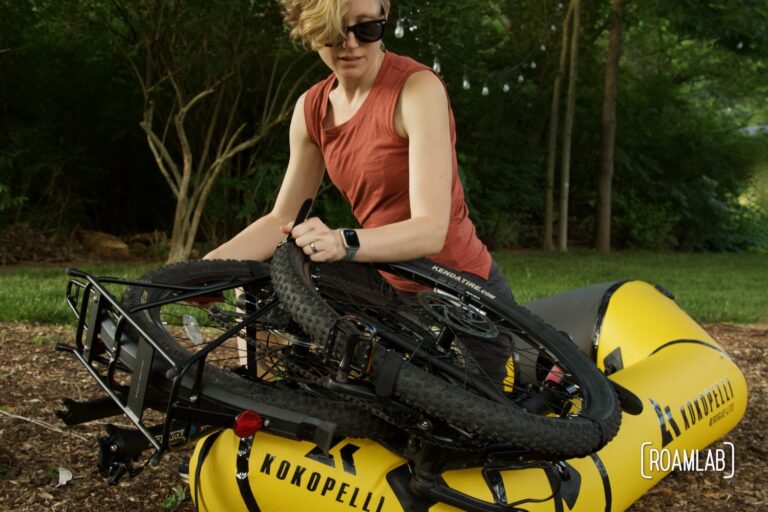Whether you are a computer enthusiast or historian, a visit to the Computer History Museum in Mountain View, California is definitely a must. This museum is home to the world’s largest collection of computing artifacts and features interactive exhibits that take you on a journey through the history of computing.

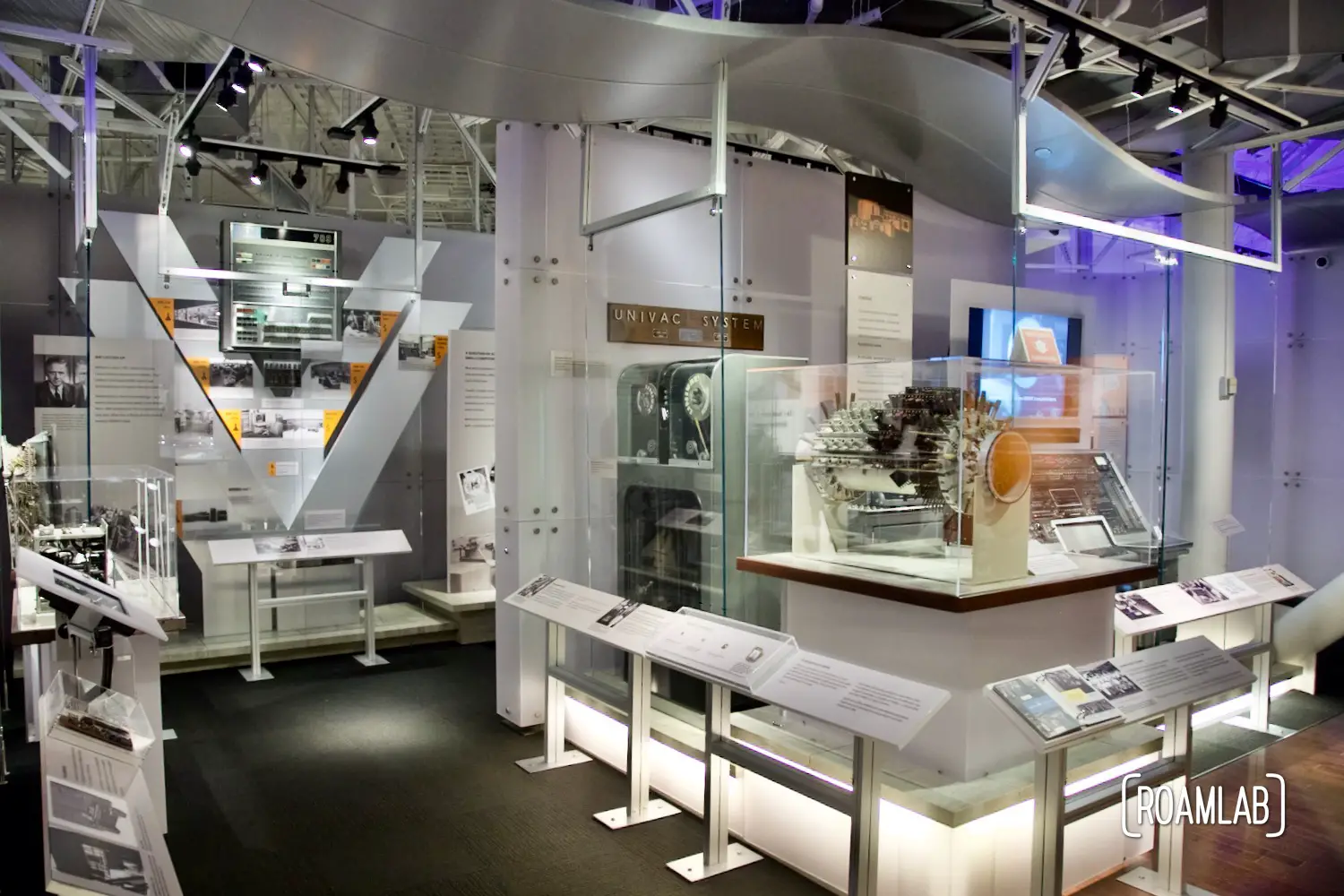
About the Computer History Museum
The Computer History Museum is a museum located in Mountain View, California, dedicated to the preservation and exhibition of computer-related history. The museum contains one of the world’s largest collection of computing artifacts, from early abaci to modern-day supercomputers, military encryption machines to home entertainment consoles.
The museum offers visitors a journey through the history of computing, from the earliest mechanical devices to the first electronic computers. The museum’s interactive exhibits allow visitors to experience the history of computing first-hand, through hands-on activities and demonstrations.
Whether you are a fan of computer history or just looking for a unique museum to visit, the Computer History Museum is definitely worth a visit. Computer enthusiasts and historians alike will find something to interest them

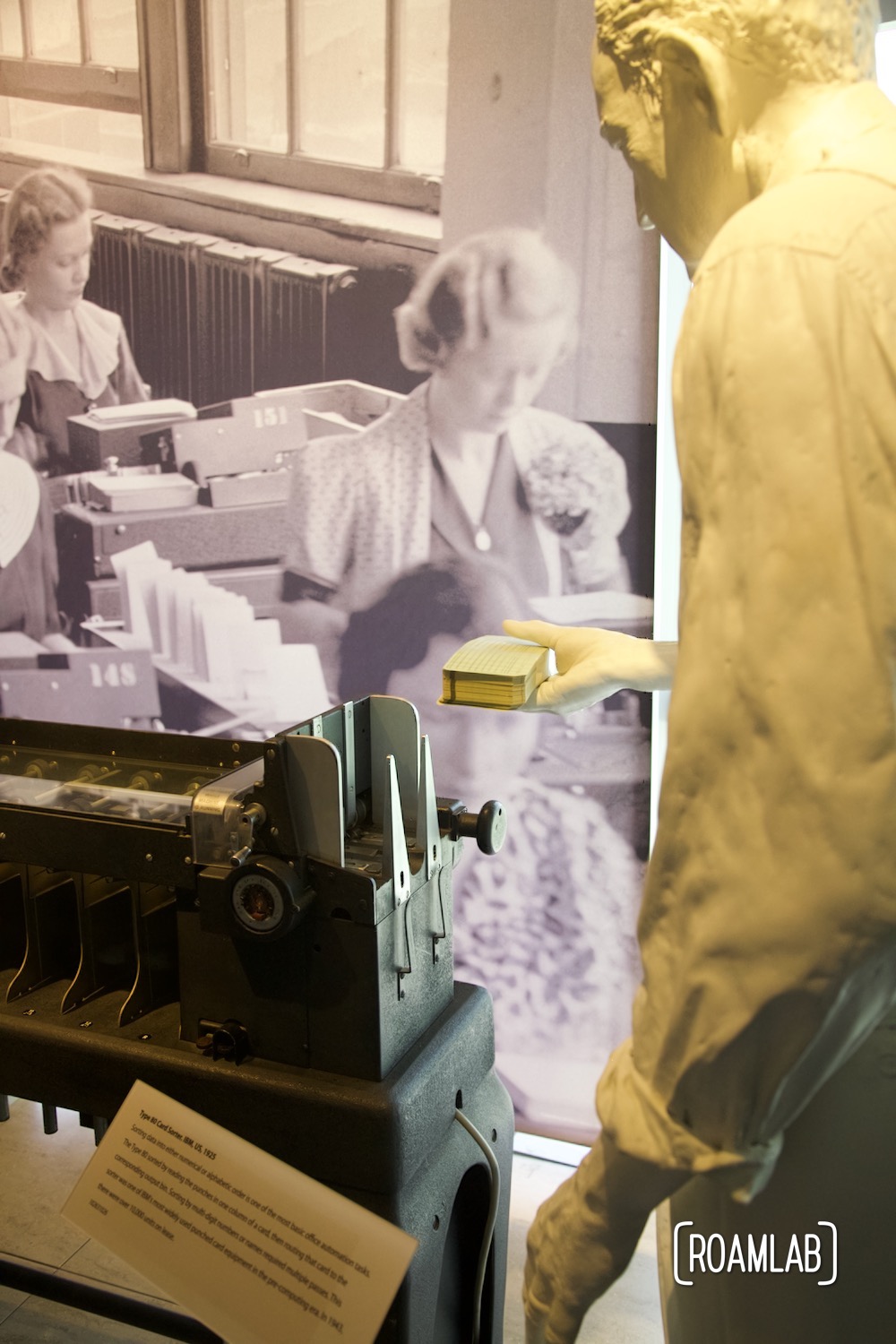



Exhibits at the Computer History Museum
The Computer History Museum is home to a variety of exhibits that document the history of computing. Some of the museum’s most popular exhibits include:
- The Revolution exhibit chronicles the history of computing from the abacus to the smartphone. In this exhibit of 19 galleries, 1,100 objects include a Babbage engine, Enigma Machine, ENIAC, and Kray supercomputer. Experience an array of original multimedia experiences featuring first-hand accounts from pioneers and innovators.
- The Gallery of Vintage Computing, which displays early computers and peripherals
- The Time Tunnel takes visitors on a journey through the history of timekeeping and time management.
- The Computer History Museum Theater screens films about the history of computing
- The Making of the Internet exhibit, which details the development of the Internet


Visiting the Computer History Museum
The Computer History Museum is located in the heart of Silicon Valley, Mountain View, California, and less than a mile from Google’s global headquarters. The museum is open from 10 am to 5 pm, Wednesday through Sunday. Admission is $17.50 for adults, $13.50 for seniors (65 and over), $13.50 for students (with ID), and free for children under 8.
To get to the History Museum, take the 101 freeway to the Shoreline exit. Turn north onto Shoreline Boulevard. The museum is located at 1401 N Shoreline Boulevard, Mountain View, CA 94043, less than a block from the 101 exit.
For more information on the Computer History Museum, or to plan your visit, please visit their website at: https://www.computerhistory.org/

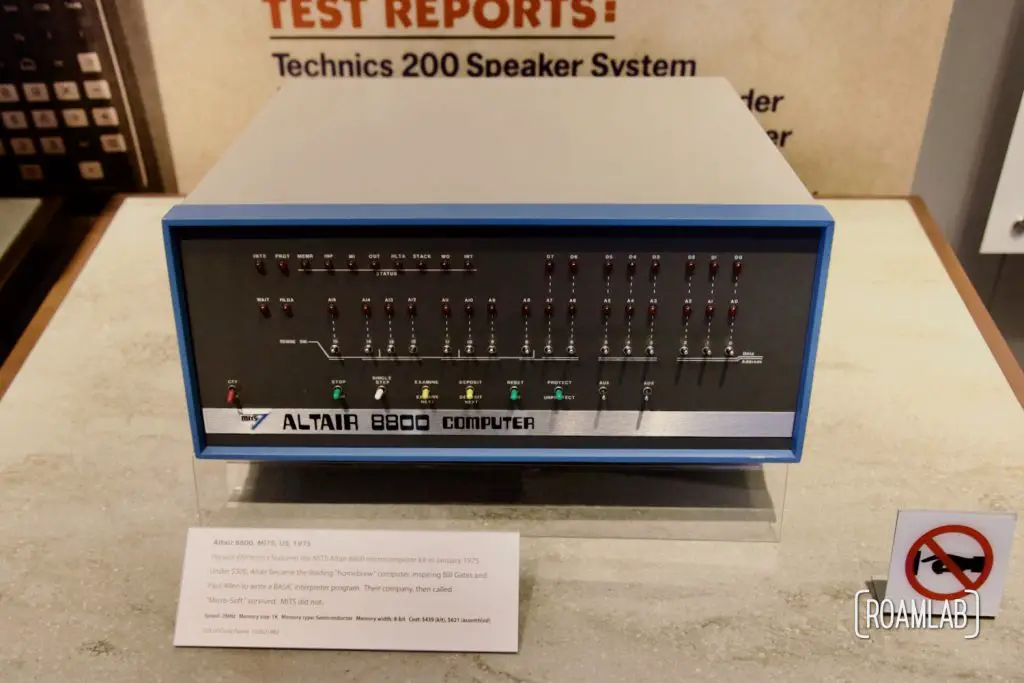

Parking information
The Computer History Museum offers free parking for visitors at their on-site parking lot including Tesla charging stations.
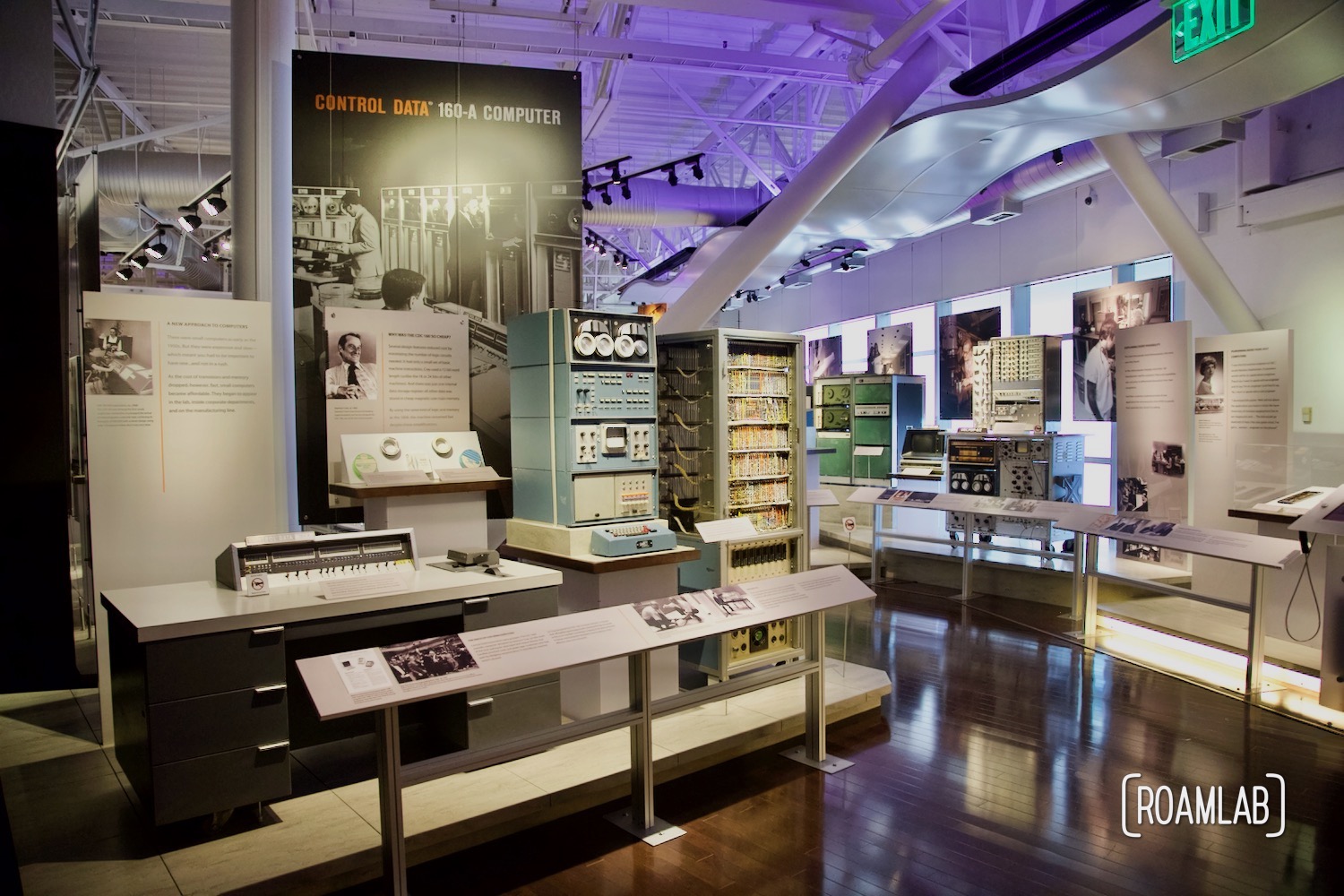

Our Experience
We spent the better part of a day exploring the Computer History Museum and could easily have spent more time analyzing each display. There’s a hearty dose of nostalgia to be found, in reviewing vintage video games, early electronic music, and the early days of the internet.
As software developers, we became a little distracted by the map of computer languages over time. It’s a veritable family tree that we can superimpose our own experiences of the first language each of us learned (C and Pascal), the languages that defined our professional careers, and those that we would not want to touch with a ten-foot pole.
The Computer History Museum is worth a visit, however you choose to explore. But if you have any friends or family that have worked in this field, it is a delight to experience how the displays spark new memories that you may have never heard about. While our personal experiences are mainly in software, we were lucky to walk through the exhibits with friends who had worked at Hewlett Packard and Kray Computers. The stories and lectures that displays sparked were a delight for us all.
That said, there isn’t a wrong way to visit the Computer History Museum. Bring a friend or just yourself. The museum has enough to offer on its own. So hop on down to Mountain View.





